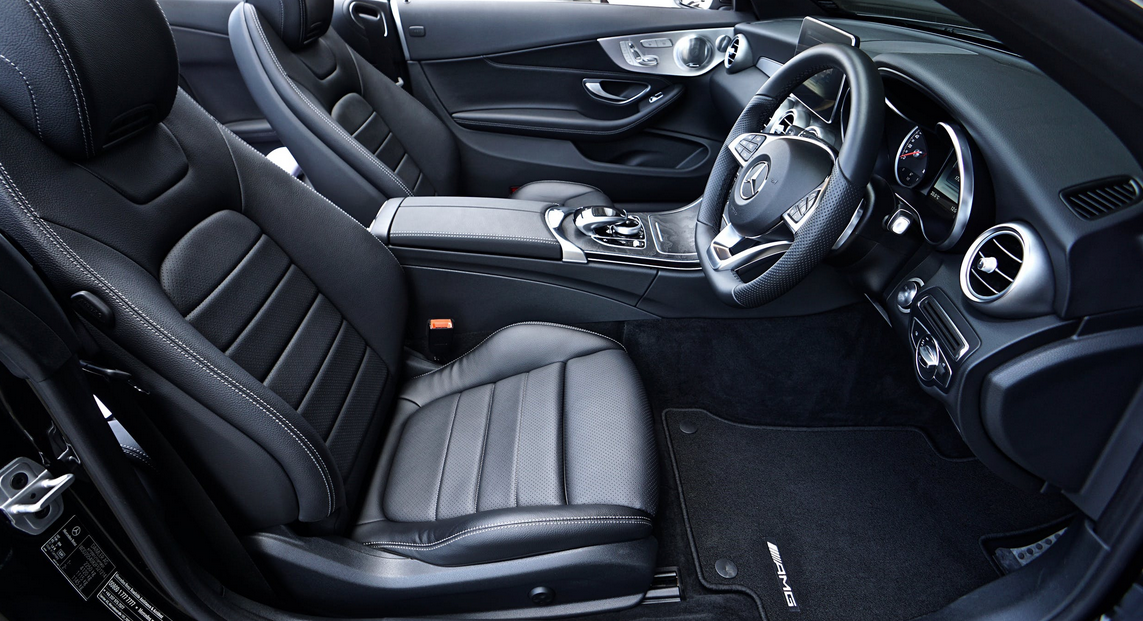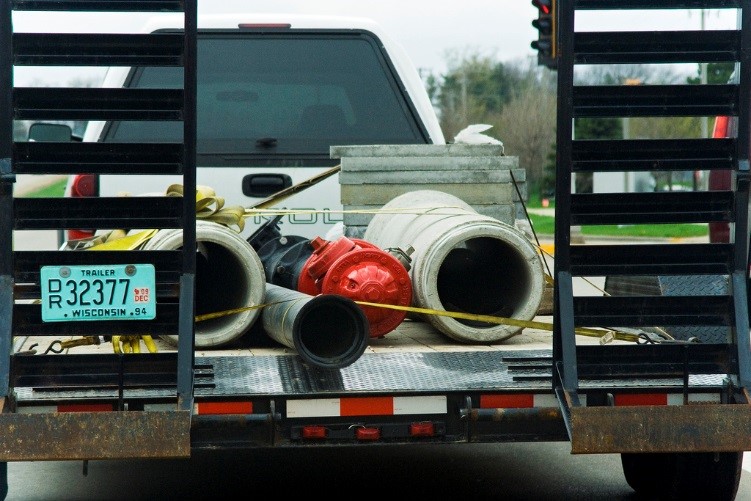Road markings aim to control and guide traffic on highways, so they’re extremely important to ensure the smooth, harmonious and safe flow of traffic. They’re defined as patterns, words, devices or lines, excluding signs, attached or set into objects close to the carriageway or the carriageway itself to warn, inform, guide and control drivers. There are different kinds of road markings and some of them are object markings, special markings, transverse markings and longitudinal markings.
Transverse Markings
Transverse markings are marked at intersections or across the traffic direction. The condition of the site plays an important role as the kind of road marking for a certain intersection depends on several factors like availability of space and speed of traffic. Direction arrows and stop line markings are just some of the markings used for intersections.

Word Messages
Word messages warn, regulate and guide road users. Characters for these messages are normally capital letters. Word messages need more time to read and understand compared to other road markings. Thus, only few and crucial messages are provided. The legends are also as concise as possible and don’t contain more than 3 words. Slow, Right Turn Only and School are just some of the examples of word messages. Characters are also elongated so that drivers looking at the road at a low angle can read them easily.
Object Marking
Signal posts, traffic island, pier and other obstructions near or in a carriageway can cause serious hazard to the traffic flow and thus, must be sufficiently marked. Object marking may be placed on items close to the carriageway.
Longitudinal Markings
Placed along the traffic direction on the road surface, longitudinal markings are used to show to the driver his proper position on the highway. These road markings separate the flow of traffic in the same direction. White is usually used to fulfill this purpose. Yellow is used to separate the flow of traffic in the opposite direction. It’s also used to separate the pavement edges. Longitudinal markings can be double solid, broken or solid. Double solid lines show severity in limitations and must not be crossed except if it’s an emergency. Broken lines allow crossing with discretion.
Solid lines, on the other hand, don’t allow crossing except when there’s a need to avoid stationary obstructions or to exit or enter from side premises or roads. Broken and solid lines can also be combined. If this is the case, solid lines may be crossed with discretion in case the broken line is closer to the travel direction. Cars from opposite directions are not allowed to cross the line. Various kinds of longitudinal markings are traffic lanes, warning lines, center line, no passing zone, edge or border lines, cycle lane markings or bus lane markings.
Why are Road Markings Important?
Road markings help control traffic by implementing psychological control over the driver. They guarantee the smooth and harmonious flow of traffic to ensure safe driving. Road markings also help safe pedestrian crossing. Thus, every road user is assured of a safe driving or crossing experience.




